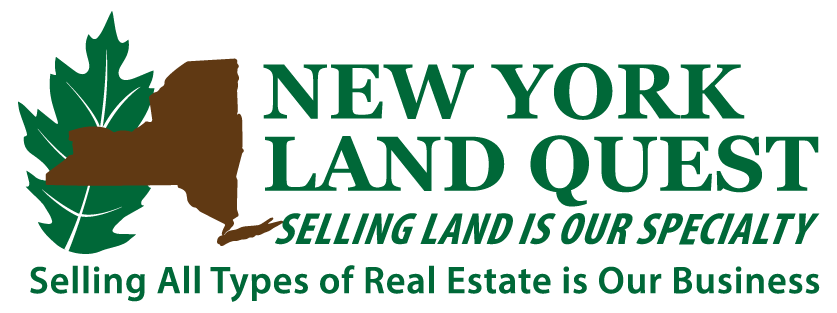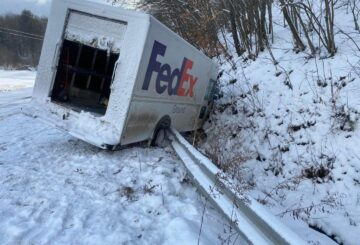By Bob Confer
If any one thing could account for the past successes of the Western New York economy, it’s water.
When the Erie Canal opened in 1825 it made the region the gateway to the West, offering a navigable trade route connecting the Atlantic Ocean to the Great Lakes. It was an engineering wonder that cut transportation costs by 95% and improved delivery times by weeks. WNY became a commercial hub and Buffalo one of the most important cities in the United States.
But, the golden years of the Canal lasted about a half-century. It was made almost useless by the advent of the United States’ vast rail network that, by 1869, connected coast to coast.
It wasn’t long after that, though, that the area experienced yet another economic boom driven by water. In the late 1800s, power plants began to develop along the Niagara River, including the world’s first large-scale power plant to produce the alternating current so important to the efficient delivery of electricity. That technology harnessed the limitless power of the River to create vast amounts of electricity and power industry. Whereas many other cities saw electricity as a luxury, Niagara Falls was able to take it for granted. This brought manufacturers by the droves to the Falls, which became an industrial Mecca for the first half of the twentieth century.
But, after World War II, things changed. Affordable electricity was no longer specific to WNY. Vast hydroelectric projects popped up all over the country and power generation technologies that used coal were refined in the 1920s and again in the 1940s, making that an accessible and cost-efficient means to power homes and businesses. Niagara Falls lost its edge. Then, it lost its businesses and residents. Now, in parts, the corridor along the River looks like a manufacturing ghost town. The City’s population is less than half what it was in 1960.
But, there is hope, hope from that substance which boosted our economy in days gone by: Water. It’s an asset, a resource that can and likely will bring about a new age of prosperity to WNY. In the very near future, if not right now, water has a very good chance of being the new oil, a substance so finite in supply and so necessary that governments (even neighboring municipalities) will compete for it and sell it at a premium.
We’re fortunate here in WNY that water abounds. We have the Great Lakes, the mighty Niagara River, and hundreds of streams, ponds and lakes filling our landscape. Other places, including those where WNY’s former businesses and people migrated to, aren’t so lucky. There, water is at a premium. There’s barely enough now and they are guaranteed to be lacking in the future if neither populations, usage, nor climate change decline. Texas, Arizona, California, and even Georgia are just a few of the states that have experienced absolutely frightening water woes in recent years. Just look at how dire the situation is with the Colorado River and Lake Mead where the reservoir is at an all-time low of 28% of capacity.
Having what we have and being near what we are — we are within 500 miles of 25% of the world’s freshwater (yes, the world’s) — puts us in a unique position to rise from other regions’ and peoples’ despair and correct society’s wrong-headedness in building vast cities in areas that had shown a history of recurring long droughts. Corporations and people need certainty when it comes to water supply and you can’t get much more certain than our backyard.
It’s something that some local leaders have seen coming. Over a dozen years ago the Niagara County Center for Economic Development began marketing the region to water-intensive industries in hopes of attracting new businesses. It’s something that they continue to this day – in their 2020 Comprehensive Economic Development Strategy for the county they noted this about H-two-O:
Freshwater is the most important natural resource in Niagara County. In addition to fueling the Falls, it drives the production of hydroelectricity for homes and businesses, it is used in manufacturing, and it provides drinking water to sustain current and future populations. It is also used to irrigate prime farmland, a natural resource that helps provide fresh food and value-added products to the local population and products for export.
Until only recently, very few development agencies in the Great Lakes had followed suit – despite the seriousness and scale of the growing water shortages and how water could be a silver bullet for ruined economies like Detroit’s. This has put Niagara County in the lead based on both moxie and available resources.
It is hoped that their continued efforts and the frustrations of southerners and westerners combine to bring companies both big and small – and people — back to the region. We definitely have the resources and we must use them (intelligently, though, with an emphasis on the state of the environment and the conservation, cleanliness, and reuse of water) to recreate a robust WNY economy, and a place to live and thrive, for this and future generations.







